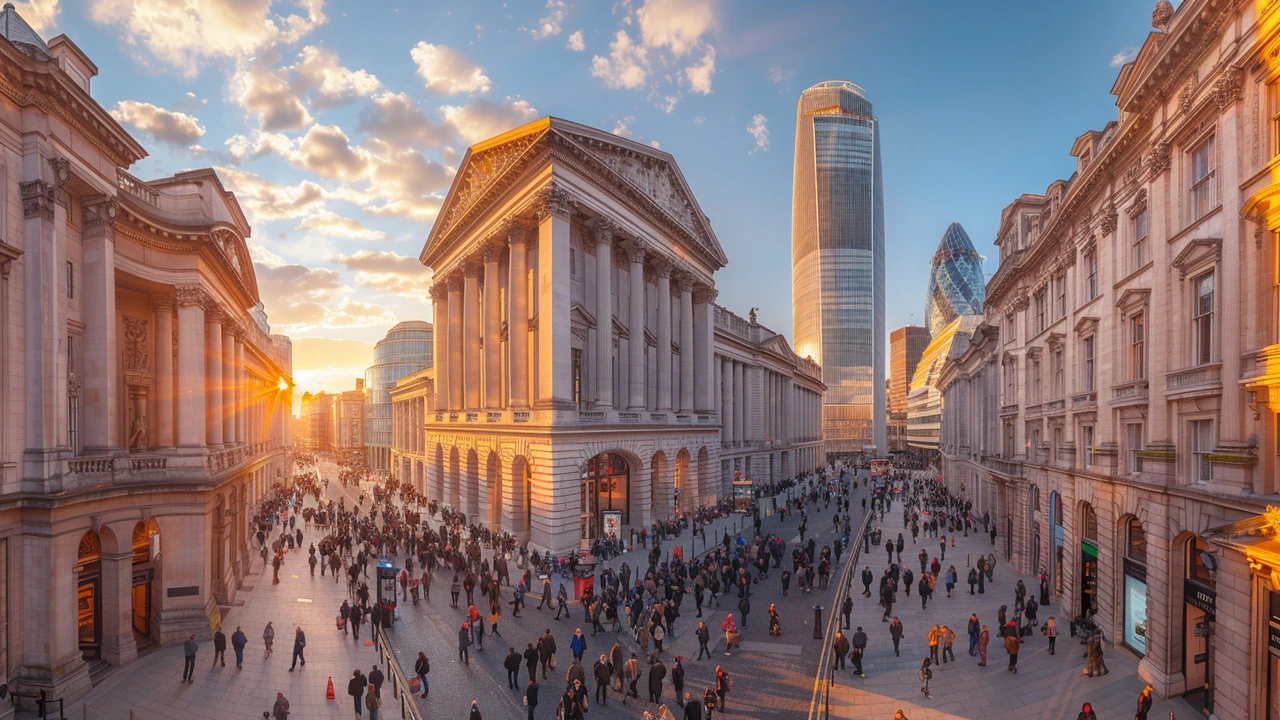Introduction to Renaissance Architecture
Renaissance architecture marks a period of great cultural change in Europe, where artists and architects sought inspiration from the classical art and architecture of ancient Greece and Rome. This revival, emerging in the 15th century in Italy, emphasized symmetry, proportion, and geometry, creating spaces that were both aesthetically pleasing and harmonious.
The period saw legends like Filippo Brunelleschi, who introduced the concept of perspective, and Leonardo da Vinci, who blended art and science in his designs. Among the era's architectural marvels, the Cathedral of Santa Maria del Fiore in Florence and St. Peter's Basilica in Vatican City stand as testaments to the innovation and skill of Renaissance architects.
Renaissance Principles in Modern Architecture
Fast forward to today, and we see that the essence of Renaissance architecture lives on in contemporary designs. The emphasis on balance, proportion, and the integration of nature—principles that were central to the Renaissance—remain influential in modern architectural philosophies.
In today's world, architects like Santiago Calatrava and Norman Foster draw inspiration from the Renaissance not just in aesthetics but in the idea that buildings should serve the well-being of their inhabitants. Their works demonstrate how modern materials and technology can coexist with classic design principles, creating spaces that are innovative yet timeless.
Characteristics of Renaissance Architecture
The hallmark features of Renaissance architecture include the use of symmetry, harmonious proportion, and the inclusion of classical elements such as columns and pilasters. Rounded arches, domes, and the use of light and shadow to enhance spatial perception are also key characteristics.
Renaissance architects favored a human-centric approach to design, which is evident in the functionality and comfort of their buildings. This approach is inherently adaptable, which explains its relevance in various periods, including our own.
Modern Interpretations of Renaissance Architecture
Contemporary architects often reinterpret Renaissance ideals to suit modern needs and materials. For instance, the use of glass in modern buildings to create light-filled spaces harks back to the Renaissance preoccupation with the interplay of light and architecture.
Examples of such reinterpretations include the Apple Park in Cupertino, designed by Foster + Partners, which embodies the Renaissance principle of harmonizing with nature, and the Hearst Tower in New York City, which merges Renaissance-inspired geometric patterns with cutting-edge technology.
The Global Reach of Renaissance Influence
Renaissance architecture has transcended geographical boundaries, influencing building styles across the world. From the neoclassical designs that adorn Washington, D.C., to the Palladian villas of Europe, the legacy of the Renaissance is evident in a diverse array of architectural traditions.
This global embrace of Renaissance principles underscores the universality of its aesthetics and values, demonstrating the period's ongoing relevance to notions of beauty and function in the built environment.
Preserving Renaissance Architecture
Preservation efforts are crucial to maintaining the legacy of Renaissance buildings, many of which are UNESCO World Heritage Sites. These efforts ensure that future generations can appreciate the beauty and historical significance of these structures.
Organizations and governments worldwide invest in the careful restoration of Renaissance architecture, using both traditional techniques and modern technologies to safeguard these treasures for posterity.
Renaissance Architecture in Educational Curricula
The study of Renaissance architecture is integral to architectural education, offering valuable lessons in aesthetics, structural innovation, and the human-centered approach to design. By studying these historical examples, students can appreciate the continuity and evolution of architectural thought.
Furthermore, the Renaissance's interdisciplinary approach, merging art, science, and mathematics, provides a holistic model of architectural education that remains immensely relevant in training the next generation of architects.
Conclusion: The Timeless Appeal of Renaissance Architecture
The legacy of Renaissance architecture is alive and well in the modern world. Its principles of harmony, proportion, and human-centric design continue to influence contemporary architectural practices, proving the timeless appeal of Renaissance ideals.
As we move forward, the challenge for architects is to innovate within the framework of these enduring principles, ensuring that the beauty and functionality of Renaissance architecture continue to enrich our built environment.





Leave a Comments